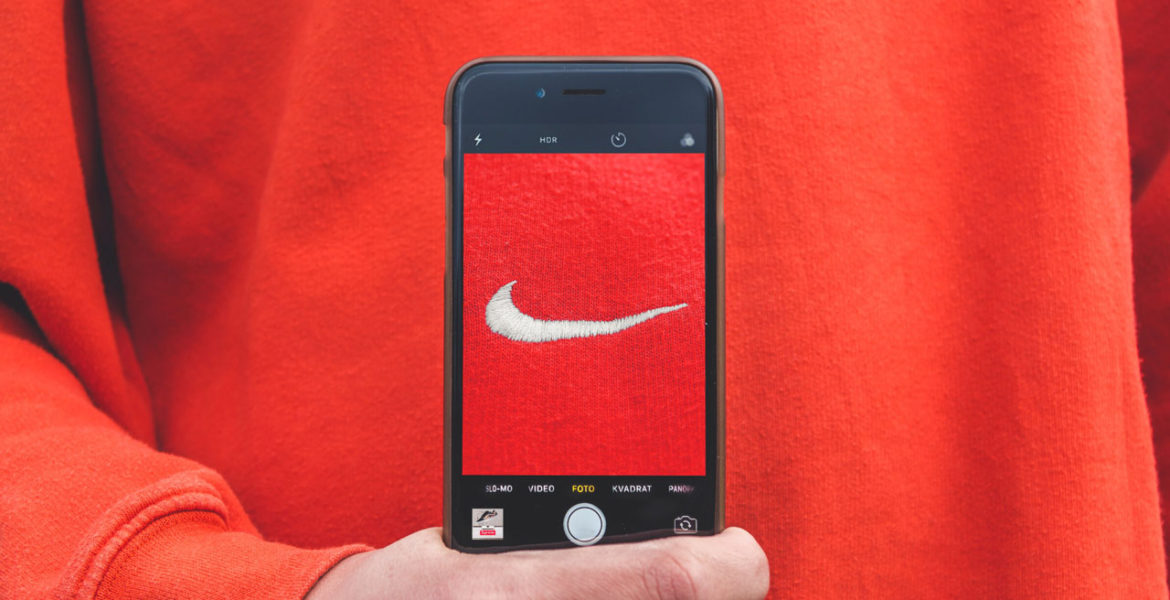Contextualization technology will only become more important as brands seek to keep their reputations intact, argues GumGum‘s UK Commercial Director, Peter Wallace.
Keeping their brand free of dangerous media associations is deservedly top of the agenda for most marketers. But the debate over what actually constitutes danger is a complex one, because the threat will differ depending on product, environment and audience.
It’s all down to context of course, and this is the way that the brand safety issue is now moving – towards use of more sophisticated AI-enabled technologies that can analyse the suitability of a particular media placement for a particular brand.
I’m talking about customized analysis, rather than the kind of broad-brush techniques that have been used over the past few years that involve entire websites or publications being blocked. Blacklisting has been very appealing – research from IAB Europe showed that 94% of clients are using this technology to keep their brands free of dangerous associations.
But it’s a very blunt tool that has the side-effect of taking out a vast amount of media inventory – not good news for either client or publisher. Our research showed that 60% of typically blacklisted pages were actually perfectly safe.
There are also significant limitations with one of the other ways that companies have relied on to keep their brands away from undesirable content – keyword targeting. It’s fairly easy to use a system that simply removes pages from your media schedule if, for example, they contain the word ‘shooting’. But what if that content is actually about football or photography? Again, you would be losing a lot of potentially valuable media inventory simply because the keyword targeting system had failed to take the context of the word into account.
Context is the key and is what is fuelling the next generation of technologies that offer a far more nuanced level of protection for brands.
Taking a wider view
Natural Language Processing (NLP) is central to this new wave. NLP is what, for example, can establish that an article is about photography rather than murder, by scanning the whole piece, rather than simply getting hung up on the word ‘shooting’.
Picking up the context of a word or phrase is something that most adult humans can do instantly, and NLP is the way in which we use machine learning to effectively train a computer to do the same thing.
We’ve been specialising in applying NLP in this way for over ten years now and have been able to evolve some customised processes to help brands. Hate speech detection, for example, analyses the context of a piece of content that included, say, the phrase ‘murder on the dancefloor‘ and might conclude that it was actually a music article about Sophie Ellis-Bextor.
Named entity recognition tracks and analyses content that includes certain names that might be particularly relevant for a brand. Sentiment analysis can also be used to work out the relative tone of a piece of text.
Using all of these techniques means that media planners can be better equipped to make the crucial decisions of which media placements are suitable for their particular brand. Looking at the current Covid-19 crisis, a tech company that facilitates remote working might actively welcome a media environment with references to self-isolation or working from home, whereas some other brands would want to stay well clear.
Matching up
The other side of the contextualization coin is to analyse the visuals in a piece of content through the use of computer vision technology, which allows computers to see and recognize objects in the same way people can. For example, a computer can be ‘trained’ to spot the shape of a swastika. A more complex programme can understand a whole scene by recognising the individual elements and using contextualisation technology to spot what the particular grouping of objects means.
Use of this software enables marketers to create a variety of customised detection programmes that pick up on images in media content that are specific taboos for that particular brand.
Combined, NLP and computer vision software are allowing brands to take a much more sophisticated approach to the media they choose to avoid. This is truly what the term brand suitability (as opposed to the old term brand safety) is all about – judging the applicability of a particular media environment for a particular brand.
There will always be threats in the media environment. But contextualisation tech at least means that we can make smarter, more targeted choices about how to manage this.

